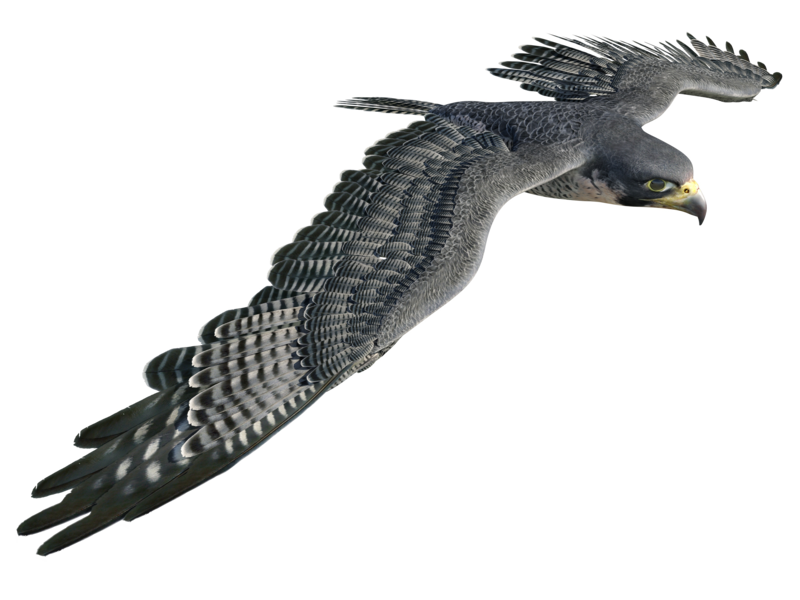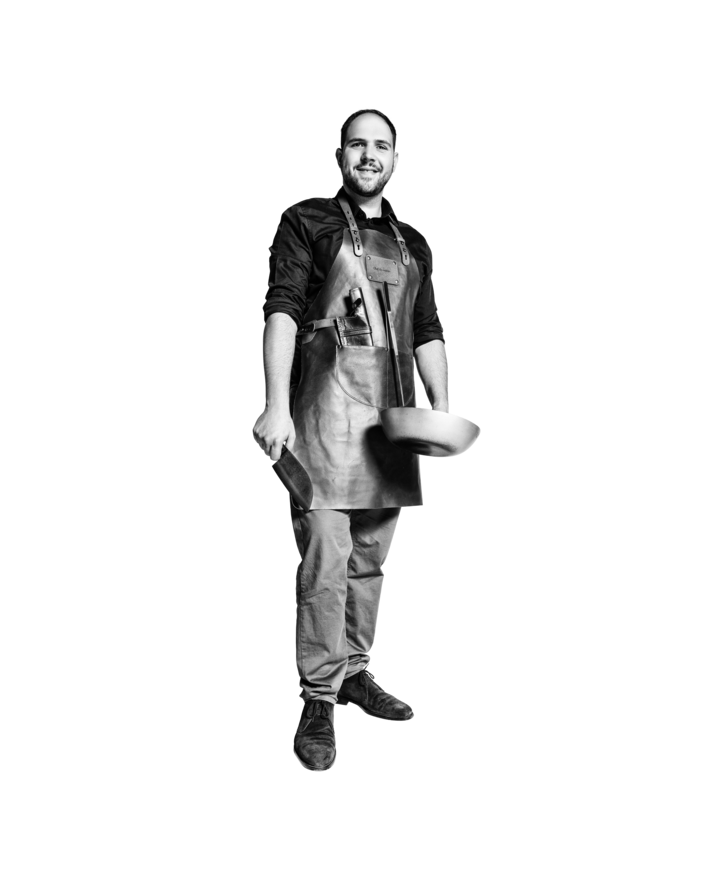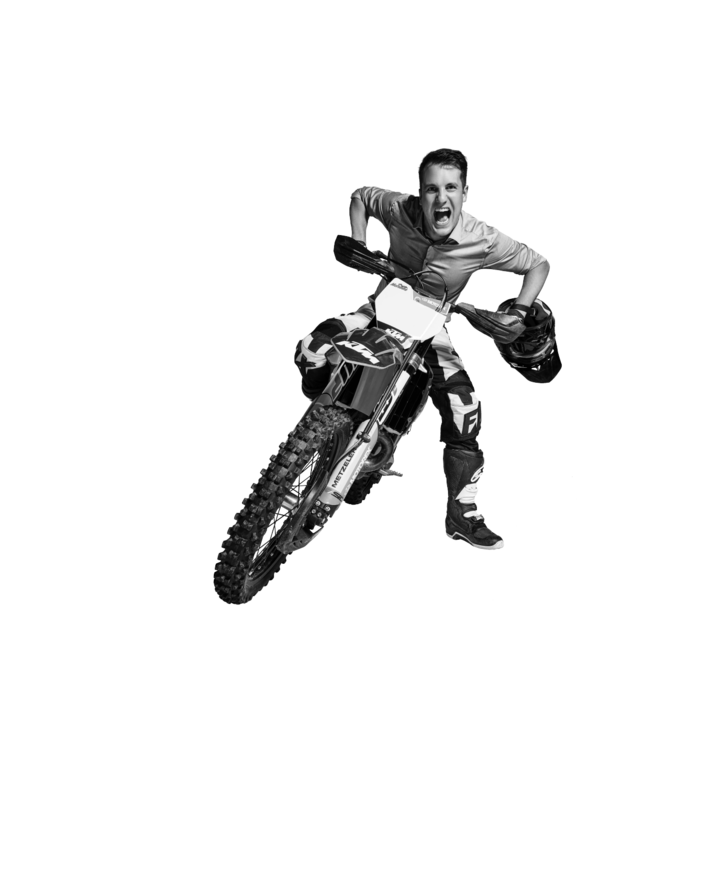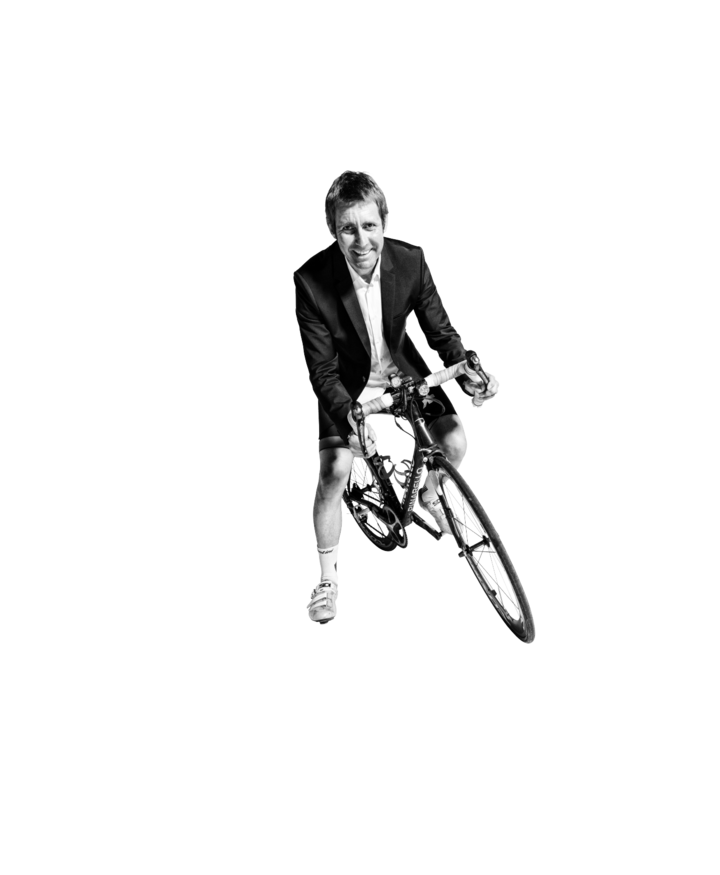Prototypes in precision
Turning data into objects
Prototyping describes the production of models. And this is carried out with the maximum possible accuracy on the basis of the customer's construction data, paired with the intention of realizing this in the shortest possible time, providing you with that all important decisive advantage. The rapid construction of prototypes at various points in the development process accelerates product development and provides security for series production. Put us to the test with your idea .
We speak of prototyping when the component is used as a model, functional sample or similar. For the production of your plastic prototypes, we use a wide portfolio of different technologies. Additive processes such as 3D printing (Selective Laser Sintering), the vacuum casting process or classic plastic series production methods with injection molding make it possible to turn your ideas into reality.
Design prototype
A design prototype is used to verify aesthetic and ergonomic features. These prototypes/models fulfil three functions. Firstly, they enable detailed design studies (spatially realistic representation, proportions, aesthetics, haptics, technical functionality). Secondly, they serve as presentation objects for decision-making or clarification of acceptance by customers; and thirdly, they form the basis for generating the 3D data needed for design and production.
Functional prototypes
These are prototypes that already exhibit the important functional properties of a subsequent series-production component. Among other things, the mechanical, electrical, acoustic or thermal functions of individual components are verified.
Geometric prototypes
Dimensionally accurate models used for initial assembly and user trials, or to specify a requirement profile. The main focus here is on checking the form and fit accuracy as well as the tolerances. The material-specific properties are less important.
Concept prototypes
These models are used to illustrate a particular concept or test an idea.
3D printing
The fastest and cheapest method for prototype production is to use 3D printing . The starting point is a digital, three-dimensional model of the component that is imported from a CAD or 3D programming system. The data is transferred directly into the component without molds and tools, which saves costs and time. Prototypes can be produced in only a few days (fast availability). Further, decisive advantages of prototyping with 3D printing include the ability to implement changes at short notice, a fast learning curve and arrival at a series solution via a quick succession of iterative steps.
Injection molding with aluminum mold tool
If it is necessary that the production is based on the original material, the injection molding process with aluminum molds is also an option. Plastic injection molding
The chosen material is liquified and injected into a mold under pressure.
Vacuum casting
In addition to these direct, additive processes, subsequent casting processes are also available (on the basis of a 3D-printed master model).
For 1zu1 prototypes, this is plastic vacuum casting with polyurethane casting resins.
Mechanical manufacturing
Another option for the production of prototypes is mechanical manufacturing.
Our turning, milling and lathe-milling machines enable us to produce complex models and components in original materials (e.g., PA6 GF 30, Grivory, etc.) within the usual rapid-prototyping time frames, which range from a few days to several weeks.
In prototyping, we usually start with a quantity of one. Often a need develops that can go up to a quantity of 100 or more. Normally, however, prototyping ends at a quantity of about 30 to 50 pieces.
- With 3D printing technologies: 2–5 working days
- With plastic injection molding 2–7 weeks









![[Translate to English:] [Translate to English:]](/fileadmin/_processed_/3/2/csm_20220310_DAT_0382_1200Px_7f523b73af.jpg)
![[Translate to English:] eyecre.at: Operation Kunststoff-Auge [Translate to English:] eyecre.at: Operation Kunststoff-Auge](/fileadmin/_processed_/b/2/csm_Operation_3_a4346ebc17.jpg)